Disclaimer: This guide is not government-affiliated. Information provided as-is without warranty of accuracy. Contact your local housing authority to verify current information. | Last Updated: September 25, 2025
You’re getting squeezed in West Virginia and the Section 8 game is rigged—most folks never even see the real waitlists, let alone jump the line. But after months of digging, I cracked the playbook with tactics you won’t find on a single government website—stuff like which rural counties flip open at 3AM and how to use ‘preferences’ to leapfrog the queue. Forget the official scripts—if you want a real shot at affordable housing before you’re out on the street, you need to keep reading right now.
Critical Legal Info for West Virginia
When it comes to West Virginia and vouchers, it’s a tough landscape: landlords are legally allowed to turn down Section 8 applicants just because they use a voucher. No state law from 2020 to 2025 bans this, and no city or county in West Virginia has stepped up with local ordinances to change the rules.
No laws require landlords to accept Section 8—it’s legal to refuse. If the refusal unfairly targets protected groups, federal Fair Housing may apply. Log everything, stay persistent, and use every tool available to keep searching.
You Need Affordable Housing in West Virginia—Here’s Why You’re Not Alone
Look, I get it: you’re not here because things are fine. You don’t Google “Section 8 West Virginia 2025” for fun. You’re here because there’s an eviction notice taped on your door, hospital bills swallowed your last dime, or your boss’s idea of a raise is a joke—meanwhile, groceries cost more every week. That’s not just you. That’s thousands of people across West Virginia right this second.
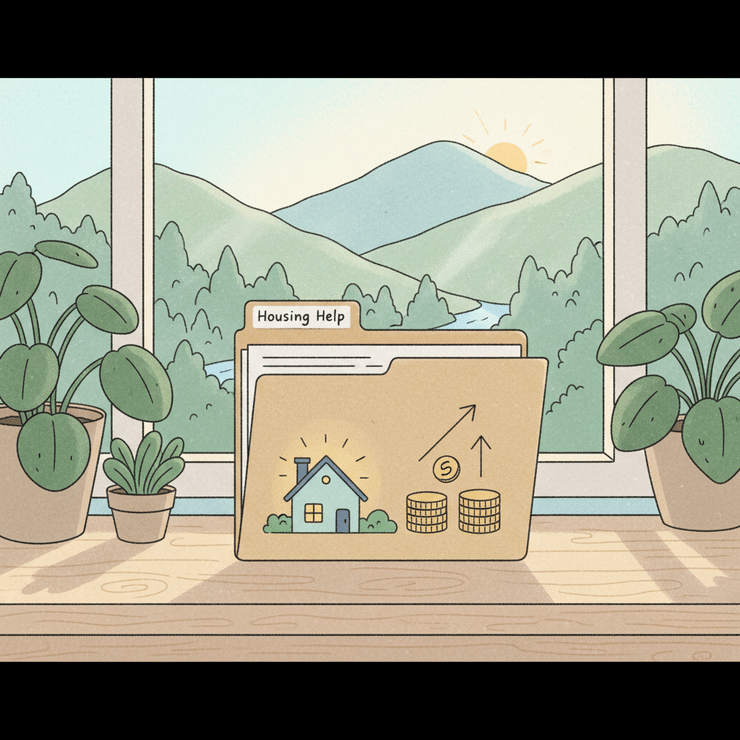
Let’s not sugarcoat it: the system is rigged to make you feel like crap for needing help. Those 2 AM doom scrolls, your heart pounding because you don’t know where you’ll crash next, all those “assistance” programs that put you on hold for hours just to tell you to call someone else—that’s not bad luck, that’s how the system’s built. It’s not your fault. It’s not a story. It’s survival.
This guide? This is the stuff they don’t want you to know. I’m talking which waitlists to stalk (and how to stalk them), which emergency loopholes actually work, and the straight-up, no-BS moves that get you into Section 8 housing in West Virginia—even when it feels impossible. Forget polite applications and crossing your fingers. This is the real playbook for beating the maze before it beats you.
Section 8 Is Available in Every County in West Virginia
Let’s cut through the crap: Section 8 is in every single county in West Virginia. No exceptions, no “not in your area.” If you’re hearing otherwise, someone’s either clueless or lying. Here’s the full list, so nobody can gaslight you about this:
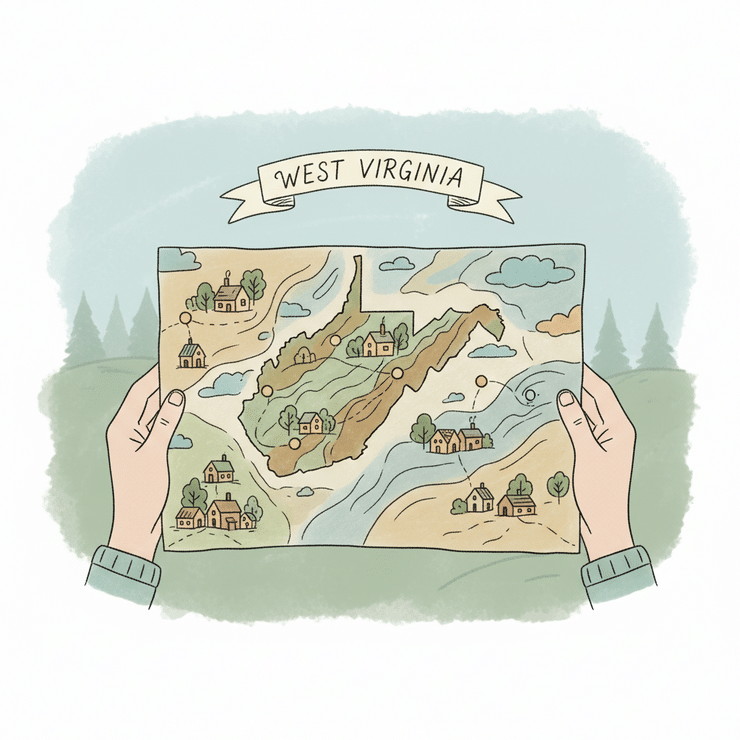
Kanawha, Berkeley, Monongalia, Cabell, Wood, Raleigh, Harrison, Putnam, Marion, Mercer, Jefferson, Ohio, Fayette, Wayne, Logan, Greenbrier, Hancock, Brooke, Marshall, Jackson, Boone, Lincoln, Wyoming, Nicholas, Randolph, and every other one. All 55 counties are covered. Period.
But here’s what they don’t tell you: housing authorities don’t care about county lines the way you do. Their “jurisdictions” are a mess. Sometimes the office that runs your area is actually three counties over. Sometimes your own county office can’t help you, but the one 40 miles out has an open waitlist. So yeah, you can live in Kanawha and still get on the Putnam list if that’s what’s open. There’s nothing stopping you—except maybe bad info from an overworked clerk.
Here’s the move: apply to EVERY Section 8 list within 100 miles of you. I don’t care if you think you’ll never move to Grant County or you’re set on Charleston. Waitlists open and slam shut with no warning. Today you’re #3,000 on Kanawha’s list; tomorrow, Berkeley’s is wide open and they’re begging for names. Get on every list you can physically get to. The more lists, the better your odds—don’t let one slow county office decide your future.
Warning: The way they run these lists is total chaos. Some counties do lotteries (random pick), others are first-come-first-served (whoever squeezes in fastest gets it). You want numbers? Charleston’s wait (that’s Kanawha) is minimum 26-36 months. Yeah, you’re reading that right—years. Some tiny rural counties? Sometimes 12-24 months, but that’s if you’re lucky and jump on fast. There are no “guarantees” and no mercy if you’re late. It’s a mad scramble. Get your name everywhere you can, then worry about moving if your number comes up.
And listen—don’t get hung up on state lines. Those are just on paper. Ohio and Kentucky housing authorities (search “Ohio PHA” or “Kentucky Section 8 waitlist”) sometimes have lists that move way faster, and there’s no law saying you can’t apply there too. If you land a voucher in Ashland or Marietta, you can use it. Get creative, get aggressive.
Bottom line: Don’t wait for your “local” office to save you. Section 8 is everywhere, but you have to chase it. No one’s coming to knock.
What Section 8 Really Looks Like in West Virginia
Alright, here’s what actually happens with Section 8 in West Virginia—no sugarcoating. Section 8, officially called the Housing Choice Voucher program, is the only reason thousands of people in this state aren’t on the street. If you’re thinking it’s some golden ticket, though, wake up. The truth nobody tells you: Section 8 pays part of your rent straight to your landlord, but it’s on you to find a place that qualifies and a landlord who’ll even bother with the paperwork. The program pays the gap between what you can swing (based on your income) and what rent actually costs.
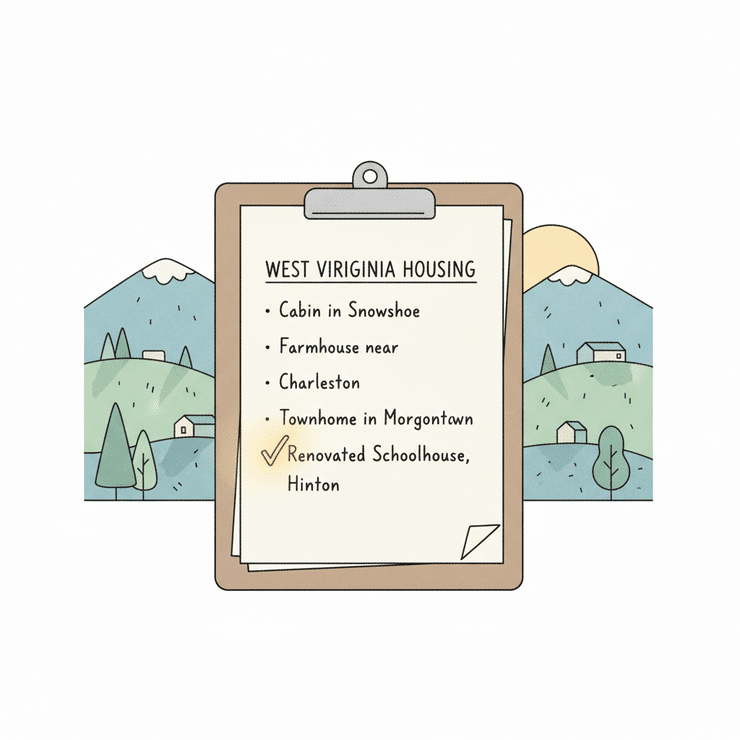
But there’s a twist: you’ll hear about “project-based vouchers”—and this is where most people get tripped up. These vouchers are locked to specific buildings or complexes, not portable like the regular kind. Why care? Sometimes these project-based lists move way faster, and you can actually apply for both types at the same time. Most people don’t know that. If you’re desperate, chase every angle.
Now, the current landscape: There are technically over 34,000 subsidized housing units in the state. Sounds like a lot until you realize only about 9% are truly open at any given moment. The other 91%? Already full, already spoken for, or the lists are closed. The average income for people who land a spot? About $13,000. So yeah, this is for people who are scraping by, not just anyone who feels like a rent break.
Brace yourself: If you’re anywhere near Charleston or another urban spot, you’re staring down a 2–3 year wait. Sometimes longer. I’m not kidding. You could have a whole kid in the time it takes to hear back. Rural counties might move faster (think under a year if you hit it right), but don’t bank on it—those lists fill up too, just not as fast.
Here’s what nobody at the housing authority will admit: The system’s brutal, but if you stick with it and play it right, you can get in. In 2024, West Virginia’s public housing agencies (PHAs) reported voucher success rates between 76% and 96%. Translation: If you can survive the wait and chase every list, most people do eventually land a spot. “Eventually” is the key word.
- “You have to live in the county where you apply.” Wrong. You just have to move there when you get your voucher. After you’ve lived there a year, you can move somewhere else with it. That’s called “portability.” The housing office won’t spell that out unless you ask.
- “If the list is closed, you’re out of luck.” Nope. The truth is, waitlists open and close without warning. If you’re not stalking those lists and calling the housing office, you’ll miss your window. Set calendar reminders, check every week. Nobody will tell you when your shot comes up.
- “There’s only one type of Section 8.” Not true. There’s regular (portable) vouchers, and there’s project-based, tied to buildings. You want both. Most people sleep on the project-based lists, but if you want to actually get housed, you need your name on every list you can find.
Yeah, it’s messed up, but this is how you beat the system at its own game.
Step-by-Step Section 8 Application Strategy in West Virginia
This isn’t the time to play nice or hope someone will call you back. If you wait, you’re toast. Here’s what actually works—the exact moves you need to make before the next list opens (which could be months or years, so hustle):
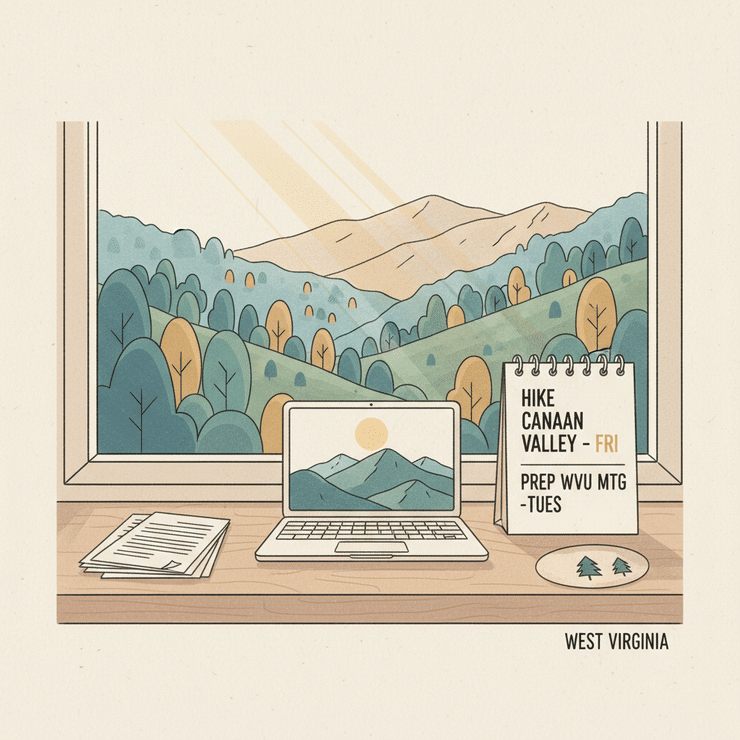
First move: Google “[your county] housing authority” AND “[neighboring county] housing authority”. Don’t just guess who covers you—most counties in West Virginia have weird overlaps and some don’t even have their own authority. Make a map (literally, get a piece of paper or a Google Map) and mark every housing authority within 50 miles. Do not assume one covers the whole area. The truth nobody tells you: some tiny towns have their own lists, and some counties are covered by a neighboring city. If you miss one, you could lose years.
Documents to grab NOW: This part sucks but do it before you do anything else. You need: birth certificates for everyone in your household, Social Security cards, last 3 pay stubs (or proof you have zero income), all bank statements, your lease (if you have one), and anything medical/disability (doctor’s letter, disability award, etc). Don’t wait for a list to open—when it does, you’ll have minutes, not days. If you’re scrambling for paperwork when the portal opens, you’re already behind. Scan everything as PDFs and have them on your phone and computer.
Build a spreadsheet: Authority Name | List Status | Date Applied | Login Info | Next Check Date. This isn’t busywork. If you skip this, you will lose months because you’ll forget which list you’re on, or which portal login you used. Housing authorities don’t care if you lose your place—they won’t remind you. Your spreadsheet is your lifeline. Update it every single time you apply, check status, or get an email.
When you call: Don’t tell them your life story. Don’t ask for advice. Use this exact script: “Hi, I need to know if your Section 8 list is open and when the next opening might be.” That’s it. You want facts, not a lecture. If they say it’s closed, ask, “Do you know when it’ll open next?” Write it in your spreadsheet. Calling more won’t help—these folks are overworked and get annoyed fast.
When lists open, it’s a race. Portals will crash. They always do—doesn’t matter if you have the fastest WiFi or a flip phone. Set alarms for the minute the list opens. Be on your phone, your laptop, whatever it takes. Have every document ready to upload, already named and in PDF. The fastest finger wins. If you hesitate, you’re done.
Check your status every 30 days. Not every week—they’ll ignore you. Not every three months—you’ll get forgotten. Calendar it, and use this line: “Just checking my status.” That’s all. Don’t give them a reason to drop you. If your spot on the list expires, they won’t call—they’ll just move on.
Yeah, it’s a grind. But this is how people actually get Section 8 in West Virginia. Not hope, not luck—just relentless, organized hustle.
How to Find West Virginia Housing Help That Actually Works
Here’s what actually happens: if you just Google “Section 8” and your county, you’ll drown in dead links and ancient info. Instead, copy-paste these EXACT phrases: “[county] housing authority waiting list”, “West Virginia Section 8 application”, “affordable housing [your zip code]”. Don’t get lazy—scroll past the ads, skip the top two results, and dig into the ones that look like PDFs or have recent dates. The truth nobody tells you: half the real updates are buried three pages deep or in some sketchy-looking .gov subfolder.
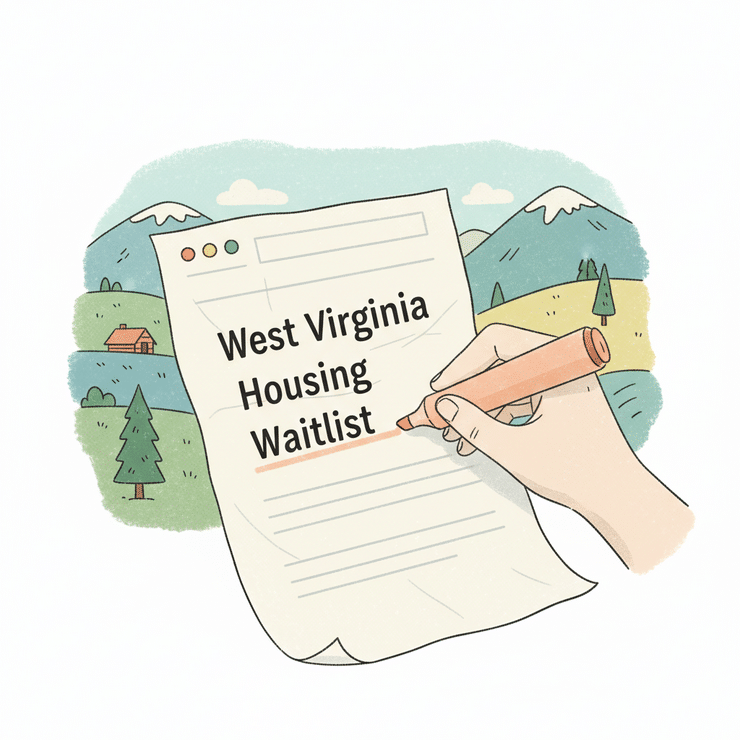
Yeah, it’s messed up, but here’s how to deal: get on Facebook and join every group you can find with names like “[Your City] Housing Authority Updates”, “Section 8 West Virginia”, or “[County] Affordable Housing”. Turn on notifications. People in there post the second a waiting list opens—sometimes before the housing authority itself even knows what’s happening. If you see the same name posting legit openings and they’re not just sharing motivational quotes, trust them—those are your insiders.
Nonprofits: some will actually get you somewhere, others will suck up your time with endless forms and zero results. Don’t waste hours filling stuff out unless someone in those Facebook groups swears, “Yeah, this org got me in.” Crowdsource the truth.
Let’s talk about those housing authority websites—total nightmare. If you land on the homepage, don’t even bother clicking around their pretty banners. Go straight for anything labeled “News”, “Announcements”, or even “Bulletin Board”. That’s where they actually put up list opening alerts, not under the giant “Apply Now!” button (which is probably broken anyway).
Now, for the only real shortcut in this mess: know your fast tracks. If you’re homeless, fleeing domestic violence, have a medical emergency, or serious disability, or if you’re part of a family unification case—those are your golden tickets. These categories bump you to the front or at least get you noticed. When you apply, don’t just check the box—write it everywhere you can, call and say it out loud, bring proof if you have it. If you qualify for any preference, use every single one. That’s how people move up from “years on the list” to “call back in a few months.”
The system is slow and brutal, but if you play it smart and work every angle, you’ve got a shot. Don’t wait for someone official to help—find the people who already know the hacks and stick with them.
What to Expect from Section 8 in West Virginia: The Good, Bad, and Ugly
Alright, here’s what actually happens with Section 8 in West Virginia. Forget the brochures. This is the reality check you need before you waste energy—or worse, miss your shot.
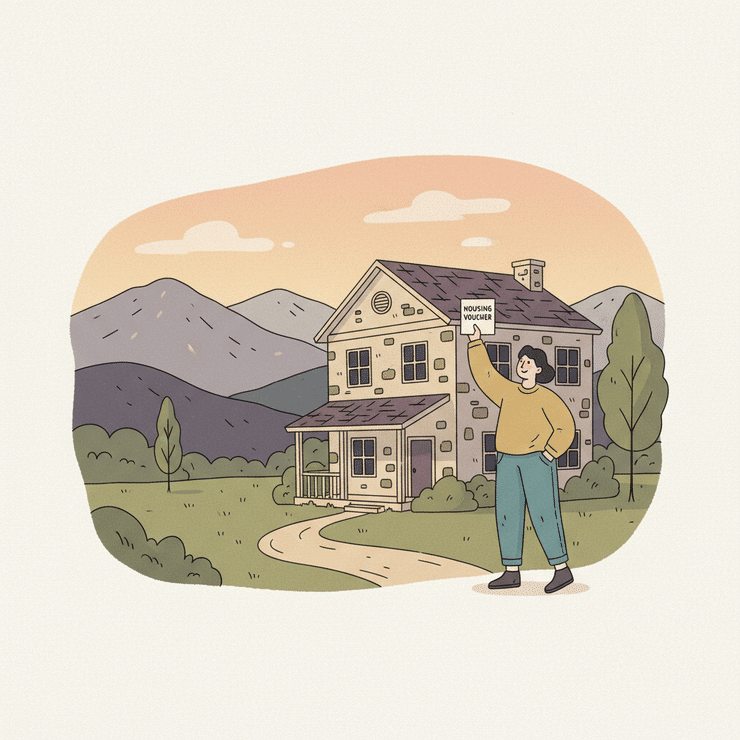
The Good
If you somehow land a voucher, your rent drops to 30% of your income. Not a typo—if you make $800 a month, your rent is capped at $240, and the Housing Authority covers the rest (up to their set limits). That’s the kind of break that literally keeps people out of tents.
Here’s the truth nobody tells you: some rural counties move way faster than the cities. If you can stomach moving to a place you’ve never heard of, you can sometimes get housed in under a year. Yeah, you might end up somewhere with no Uber and one grocery store, but you’ll have a roof. Flexibility is the hack here—don’t put all your eggs in one city basket.
And don’t sleep on project-based units. These are apartments where the subsidy sticks to the unit, not you. People ignore these, so sometimes a spot opens up with way less competition. Double-dip: apply for both tenant-based vouchers and every project-based waitlist you can find. It takes extra hustle, but it seriously boosts your odds.
The Bad
Let’s not sugarcoat it. Wait times in cities like Charleston? 2-3 years is normal. If you’re staring down an eviction right now, you’re not getting housed next month unless you get crazy lucky with a project-based spot or a rural area.
Here’s the other headache: their online portals crash all the time, phones ring forever, and your paperwork will get “lost” unless you basically harass them (politely, but persistently). Screenshot everything, save copies, and call back weekly if you have to. They’re overwhelmed—or just not motivated. Either way, you have to be relentless.
And get this—first payments to landlords are always delayed. Sometimes it’s 30 days after you move in, sometimes 60. Landlords know this and some won’t want to deal with it. You need to tell any potential landlord up front: “Section 8 first payment can take up to two months—can you wait?” Don’t let them act surprised later.
The Ugly
Here’s where it gets really stupid. Some waitlists haven’t opened in years. You can be sitting on a “closed” list forever, thinking you’re in line. You have to actively check—call, email, search “Google ‘[your county] housing authority'” at least every couple months, or you’ll miss the tiny window when it cracks open.
Inspections are no joke. One missing smoke detector, a broken window lock, or even peeling paint can tank your move-in. Sometimes you’ll get 48 hours to fix stuff or you lose the unit. If you’re looking at a place, bring a checklist—don’t trust the landlord to know what’s required. You have to be the inspector before the inspector shows up.
And the biggest secret: the system is confusing on purpose. They’ll never hand you a full list of preference categories (like homelessness, disability, local resident, etc.) or shortcuts. You have to ask direct questions: “Are there any local preferences? How do I prove my status?” Dig around online, call, and push. The squeaky wheel sometimes gets the grease here, but only if you’re loud and stubborn. Yeah, it’s messed up, but if you want a shot at housing, that’s what it takes.
Take Action Today
Alright, no more sitting around hoping for some magic phone call. Here’s what actually gets you a shot at Section 8 in West Virginia (in 2025 or any year):
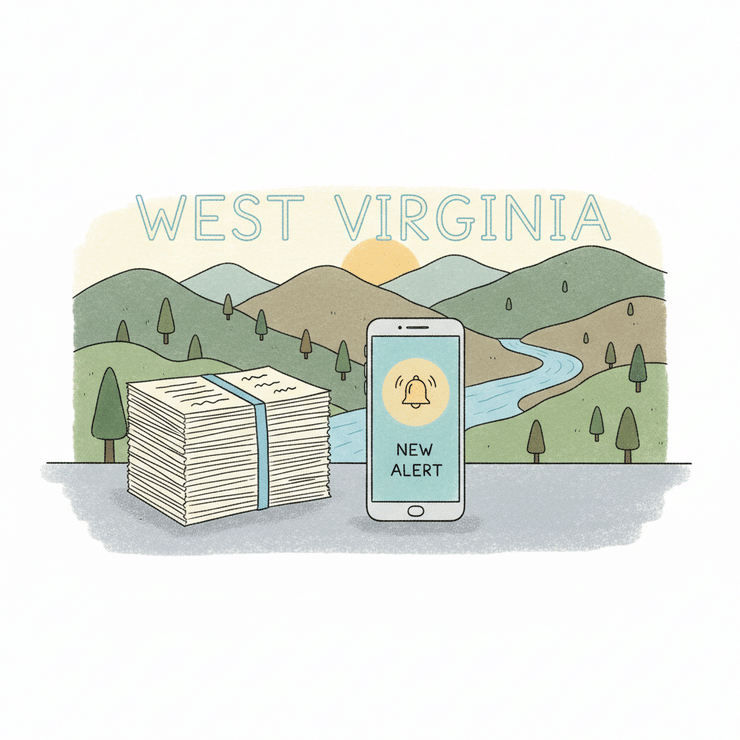
- Map out every housing authority within 50 miles of you. Don’t just rely on the closest one—some counties open lists when others don’t, and you need every possible angle. Google “[your county] housing authority” and do the same for every county you could possibly get to. Don’t trust those old websites with outdated info—Google ‘[your county] housing authority’ to verify. Make a list with contacts and status for each one, and set a damn calendar reminder to check in every single month. Lists open and close with zero warning, sometimes for just a couple hours. If you’re not watching, you miss out.
- Gather every document you’d ever need and scan them to your phone and email, now. Don’t wait for them to ask. You’ll need: photo ID for everyone, Social Security cards, proof of income (pay stubs, benefits letters, whatever you have), birth certificates, proof of residency. If you can’t find something, write down exactly what’s missing and start chasing it down today. If you’re scrambling once the list opens, you’re already losing.
- Join every Facebook group with “Section 8,” “housing help,” or “waiting list” in the name, and set up alerts for those terms. Yeah, you’ll get a ton of useless notifications, but the second someone posts “list just opened in [county],” you want to be the first to see it. Housing authorities don’t always update their own sites—they know the system sucks, they just don’t care.
Don’t Wait for a Perfect Moment
Here’s the truth nobody tells you: there will never be a perfect time. Waiting for your job situation to settle, for school to end, for your kids to stop getting sick? The lists will not wait for you. They open and slam shut in hours, not days. You cannot afford to wait for “better circumstances”—that’s how people end up stuck for years.
Remember: You’re Not Alone
Yeah, the system is broken. It’s not just you. Everyone feels like they’re drowning in paperwork or getting ghosted by housing authorities. But people do get in, and the only difference is they stay organized and ready. If you stay alert, keep your docs together, and push through the BS, your shot will come. And when it does, you’ll be ready to pounce—not scrambling at the last second.
Bottom line: The system isn’t fair, but you can outsmart it. You just have to start today.